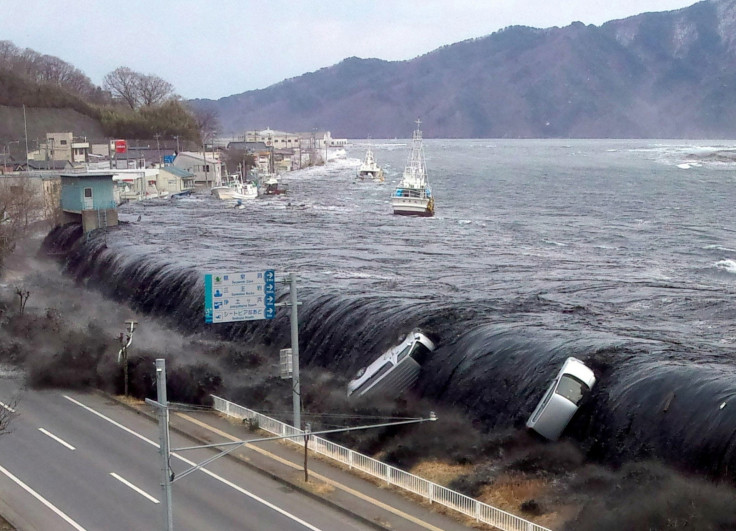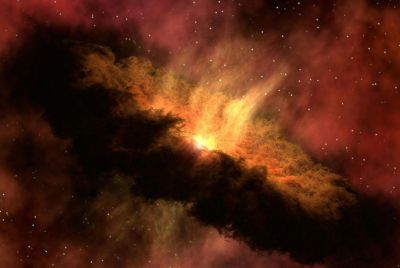Hawaiian Islands at 'Mammoth' Tsunami Risk Caused by Mega Earthquake, Debris Study Reveals

Scientists have discovered evidence of a powerful earthquake which originated in Alaska that sent a towering tsunami over Hawaii around 500 years ago, suggesting another deadly wave could hit the island in the future.
Fragments of coral, mollusc shells, and coarse beach sand in a sinkhole in Kauai, the fourth largest of the main islands in the Hawaiian archipelago, were deposited by a tremendous wave that crashed over the area between 1425 and 1665.
The earthquake that launched the tsunami is estimated to have been around magnitude 9.0, placing it among the largest earthquakes in historic times. The findings indicate that another Alaskan earthquake could trigger a giant tsunami that will hit Hawaii in the future.
"You're going to have great earthquakes on planet Earth, and you're going to have great tsunamis," the study's lead researcher, Rhett Butler, a geophysicist at the University of Hawaii in Manoa, told Live Science.
"People have to at least appreciate that the possibility is there."
The evidence of the huge tsunami was discovered in the late 1990s during the excavation of the Makauwahi sinkhole, the largest limestone cave in Kauai. Researcher David Burney, a paleoecologist at the National Tropical Botanical Garden in Kalaheo, found large amounts of coral and shells, which he believed was carried there by a huge wave.
However, it was only when the Tohoku earthquake hit Japan in 2011 that researchers realised it was possible for a massive tsunami to affect the Kauai coastline.
The Tohoku event, known as the Great East Japan Earthquake, was an undersea megathrust earthquake of magnitude 9.0 which triggered a rapid surge of water that stood 128 feet above sea level. Earlier this year, a Japanese National Police Agency report confirmed the quake and tsunami caused over 15,000 deaths, with thousands more missing and injured.
After the Japan quake, the researchers assembled a wave model to examine how a tsunami may flood the Kauai coastline. The team simulated earthquakes ranging between magnitudes 9.0 and 9.6 in the Aleutian-Alaska subduction zone, an oceanic trench along a convergent plate boundary which runs along the southern coastline of Alaska and the Aleutian islands.
They found that a huge earthquake in the region could send a giant tsunami to Hawaii, carrying debris to the Makauwahi sinkhole.
Radiocarbon dating of the marine debris in the sinkhole, and of debris from Sedanka island off the coast of Alaska and from the west coasts of Canada and US, all date back to the same time period.
According to the researchers, they may have come from the same tsunami. Yet it is also possible that multiple tsunamis between 250 and 575 years ago left the debris in the different locations.
"The researchers stitched together geological evidence, anthropological information as well as geophysical modeling to put together this story that is tantalising for a geologist, but it's frightening for people in Hawaii," Robert Witter, a geologist at the US Geological Survey in Anchorage, Alaska, who was not involved in the study, told Headlines and Global News.
According to the study, "mammoth" tsunamis only occur around every thousand years, but there is a chance one could strike in the future.
The study was published in the journal Geophysical Research Letters.
© Copyright IBTimes 2025. All rights reserved.




















